In the world of culinary education, aspiring chefs often find themselves submerged in a sea of techniques, ingredients, and cooking styles. Yet, amidst this vast knowledge, one element stands out as a vital necessity: the knife. A good knife is not only a tool but an extension of a chef’s hands and creativity, crucial for executing techniques with precision. This article delves into the importance of having a quality knife in culinary education and addresses the various types of knives, including the versatile pocket knives, that every budding chef should consider.
Understanding the Role of Knives in Culinary Arts
Knives are indispensable in the kitchen, acting as the primary instrument for a multitude of tasks. From slicing vegetables to filleting fish, the right knife can significantly affect both efficiency and safety. In culinary schools, the foundation of learning is built upon the ability to wield a knife correctly. Here are some reasons why having a good knife is paramount:
Sharpening Skills and Techniques
Knife skills are foundational in culinary training. A quality knife allows students to practice different cutting techniques, such as julienne, mince, and chiffonade. Mastering these techniques not only enhances cooking but also instills confidence. For instance, when students learn to use a chef’s knife or a paring knife effectively, they can accomplish their tasks quicker and more accurately.
Promoting Safety in the Kitchen
In any culinary setting, safety is a concern. Dull knives can lead to dangerous slips and accidents. A good knife is made of high-quality materials, which means it holds an edge longer and decreases the likelihood of a slip when cutting. Students in culinary schools learn that a well-maintained knife is safer than a dull blade, reinforcing the importance of using and caring for their tools wisely.
The Impact of Knife Quality on Culinary Education
The quality of knives in a culinary program can significantly influence students’ learning experiences. A good knife is not only about the blade but also involves ergonomic design, balance, and durability. Here are some factors that demonstrate the impact of knife quality:
Enhanced Performance
When chefs use high-quality knives, they experience an immediate difference in performance. A knife that is expertly crafted allows for smoother cuts, more controlled movements, and a fluidity that elevates the cooking process. This improved performance can inspire budding chefs to engage more deeply with their craft.
Long-Term Investment
Investing in a quality knife pays off in the long run. Unlike cheaper options that may need frequent replacement, a good knife can last a lifetime when properly cared for. Culinary students who invest in their tools early on will benefit from the reliability and performance of their knives as they advance in their careers.
Types of Knives Essential for Culinary Education
While there are countless types of knives available, several are essential in a well-rounded culinary education. Here are the key types that every student should consider incorporating into their toolkit:
Chef’s Knife
The chef’s knife is often referred to as the workhorse of the kitchen. Versatile and reliable, this knife is perfect for chopping, dicing, and slicing various ingredients. A good chef’s knife should be well-balanced and comfortable to hold, making it an essential part of every culinary student's arsenal.
Paring Knife
For more delicate tasks, the paring knife shines. Ideal for peeling, trimming, and intricate cuts, having a high-quality paring knife allows students to handle finer details in their food preparation. This knife is crucial for tasks that require precision, such as deveining shrimp or creating decorative garnishes.
Serrated Knife
A serrated knife is indispensable for cutting through crusty bread and soft fruits without squashing them. Understanding how to use this tool effectively adds to a student's versatility in the kitchen. Meanwhile, these knives are often associated with less risk of slipping due to their design, making them a safer choice for beginners.
Utility Knives and Pocket Knives
Utility knives, including pocket knives, can be incredibly useful in various culinary situations, especially for tasks that might not require the heft of a chef’s knife. Pocket knives offer convenience and functionality, making them ideal for both professional settings and outdoor culinary experiences. Their portability also allows culinary students to practice their skills in various environments, paving the way for innovation in food preparation.
The Importance of Knife Maintenance
The relationship between chefs and their knives extends beyond usage; it includes maintenance as well. Proper care and maintenance are critical aspects of culinary education. Here are a few maintenance tips that students should keep in mind:
Regular Sharpening
A knife is only as effective as its sharpness. Regularly honing and sharpening knives ensures that they perform optimally. Culinary schools often teach students how to maintain their knives through sharpening techniques, reflecting the necessity of keeping their tools in prime condition.
Cleaning and Storage
Proper cleaning and storage of knives can prevent rust and damage. Students are taught to hand wash their knives and store them safely, either in knife blocks or sheaths, to avoid accidents and ensure longevity.
The Emotional Connection to Knives
Beyond their practical applications, good knives can foster a deep emotional connection between a chef and their tools. Many chefs find that the right knife feels like an extension of their body. This connection often becomes a source of inspiration and creativity in the kitchen.
When students learn to choose knives that resonate with them personally, they are more likely to develop their culinary identity. This emotional aspect enhances their passion for cooking, driving them to pursue their dreams vigorously.
The Transition to Professional Settings
As culinary students transition to professional kitchens, their relationship with knives becomes even more critical. In fast-paced environments, having reliable and high-quality knives can mean the difference between success and frustration.
Building Speed and Efficiency
In the culinary world, speed is essential. The right knives facilitate quicker prep times, allowing chefs to focus on creating beautiful dishes rather than struggling with dull or unsuitable tools. A good knife complement allows chefs to work swiftly without sacrificing quality, which is crucial in any restaurant setting.
Client Trust and Satisfaction
Ultimately, clients and restaurant patrons expect high-quality meals presented beautifully. Skilled chefs who wield good knives contribute to client satisfaction by ensuring that food is well-prepared and appetizing in appearance. This level of professionalism stems from a solid foundation built during culinary education.
Unlock Your Culinary Potential!
In summary, a good knife is not just an essential tool in culinary education; it represents the heart of the cooking process. From enhancing safety and efficiency in the kitchen to fostering a deeper emotional connection between chefs and their tools, quality knives serve various crucial roles in shaping future culinary artists.
As you journey through culinary school and into your professional career, remember the significant impact that proper knives will have on your success. Invest in quality blades, practice your skills diligently, and allow the artistry of cooking to unfold as you refine your techniques with the best tools at your disposal. So, take that step, sharpen those knives, and prepare to embrace the kitchen with confidence and creativity!








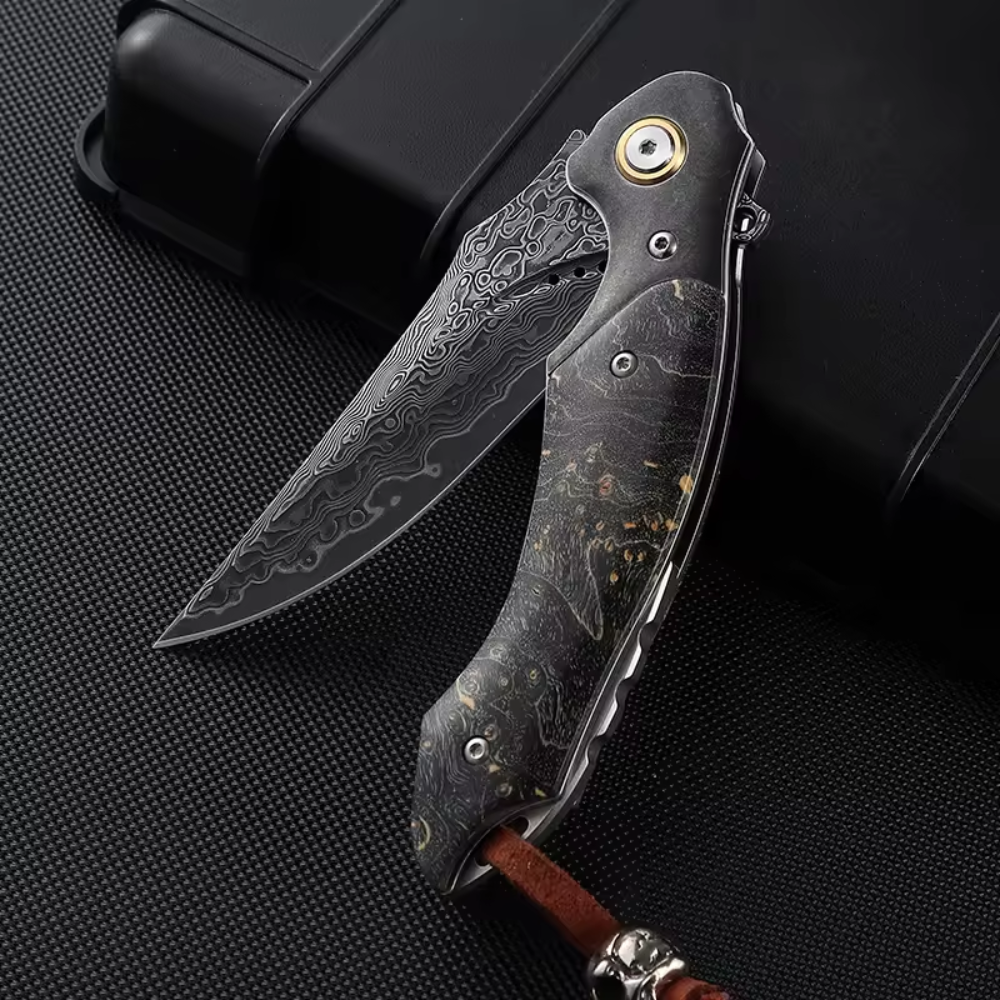


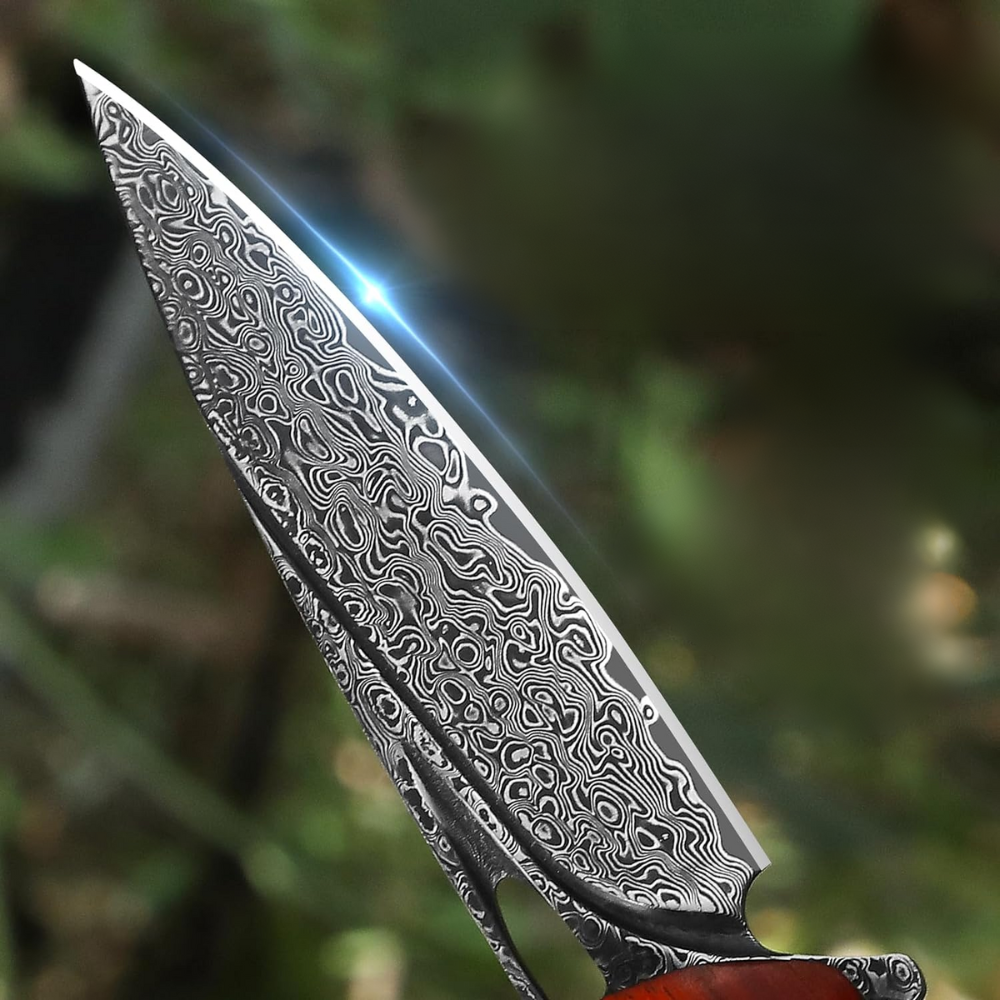








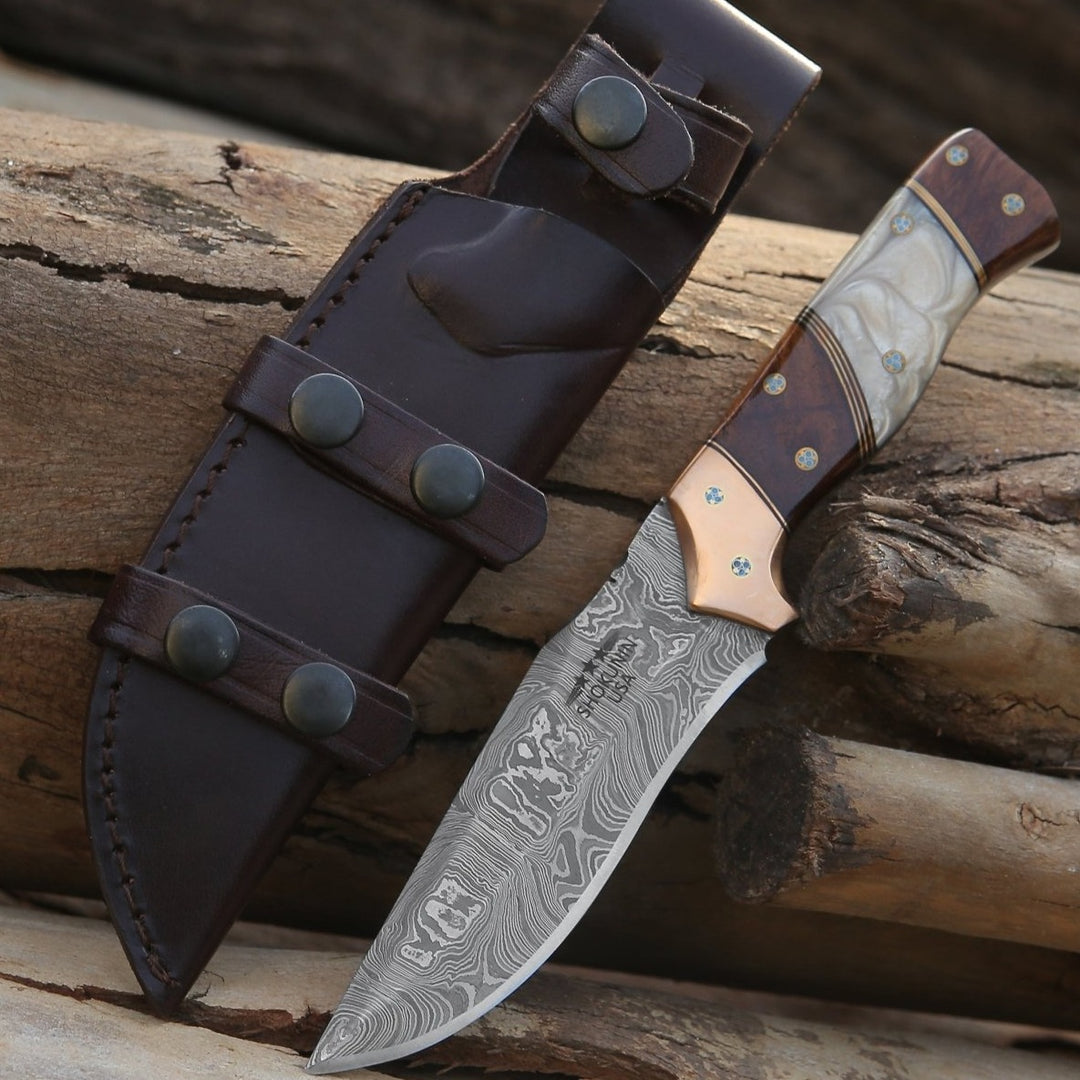
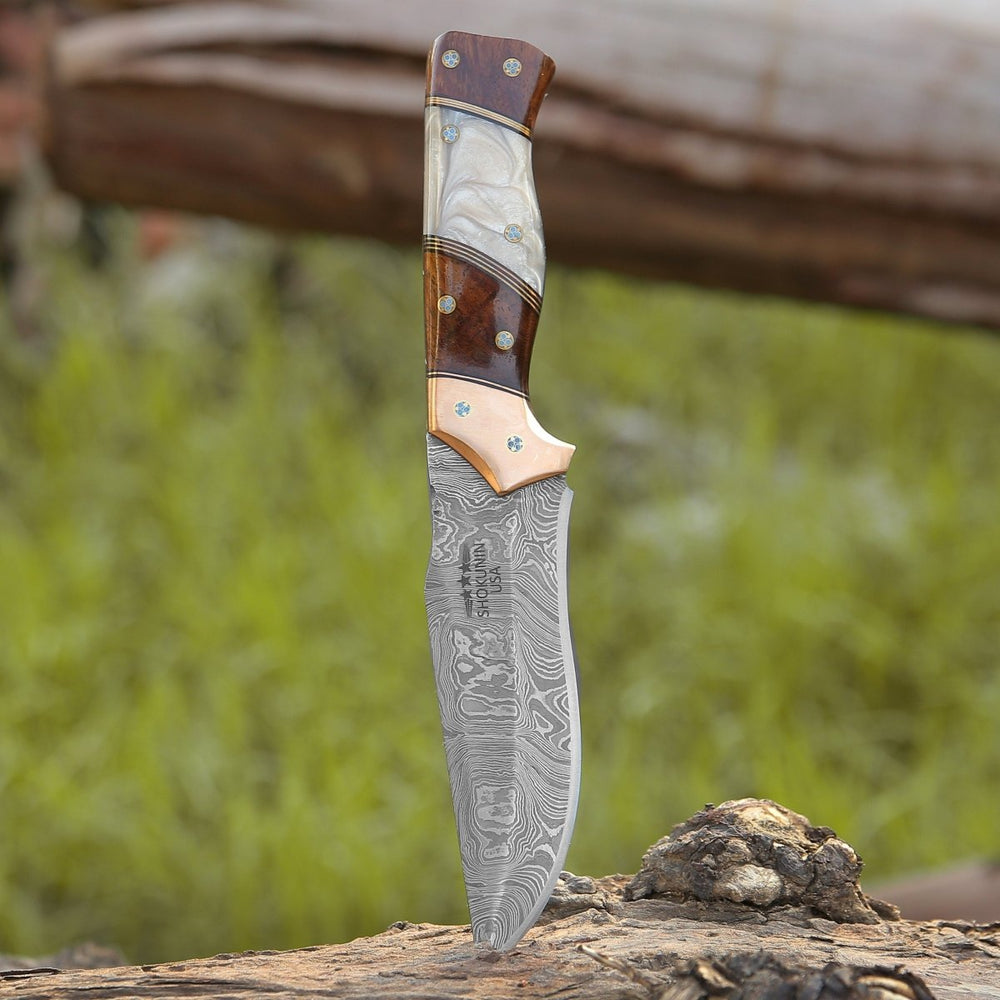


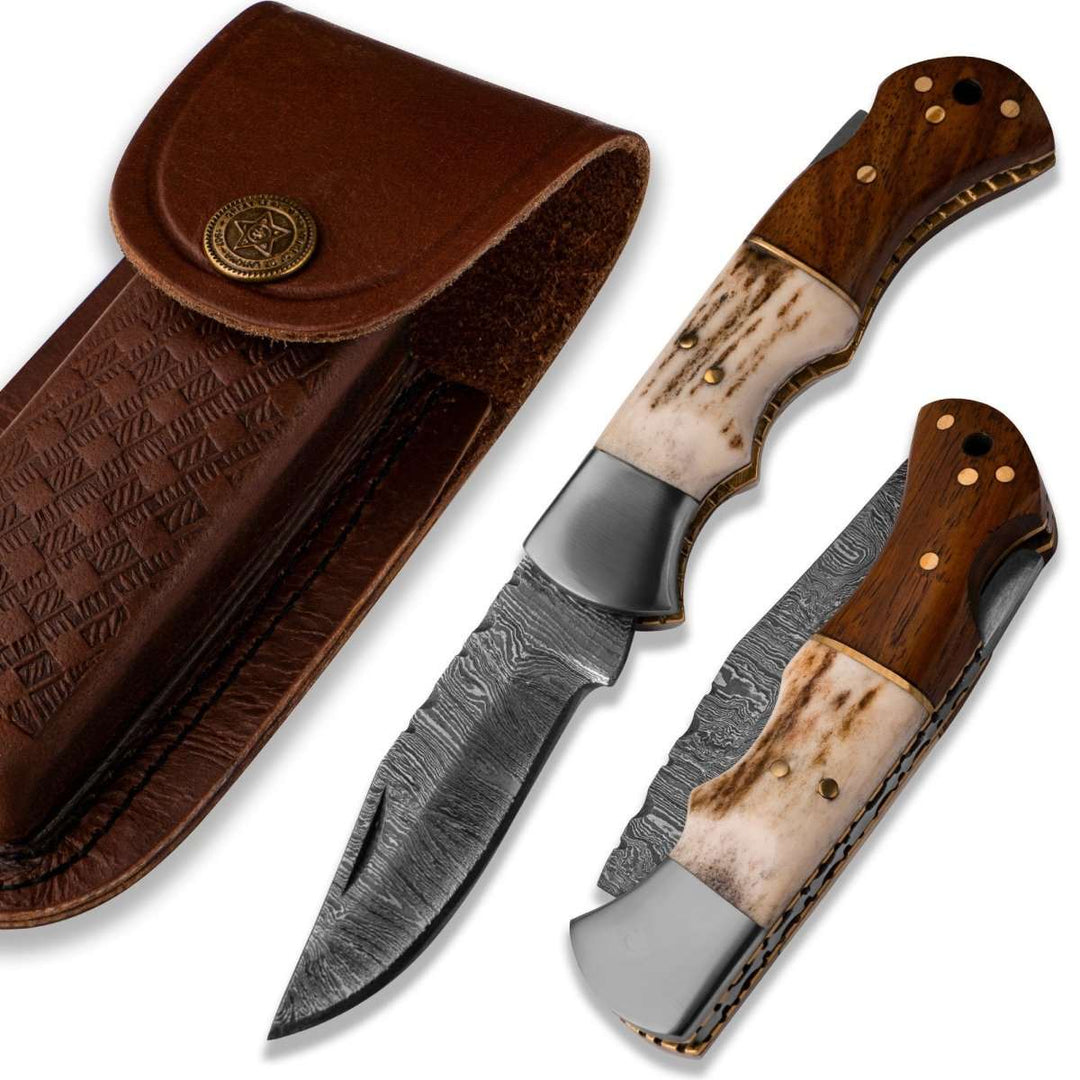





Leave a comment